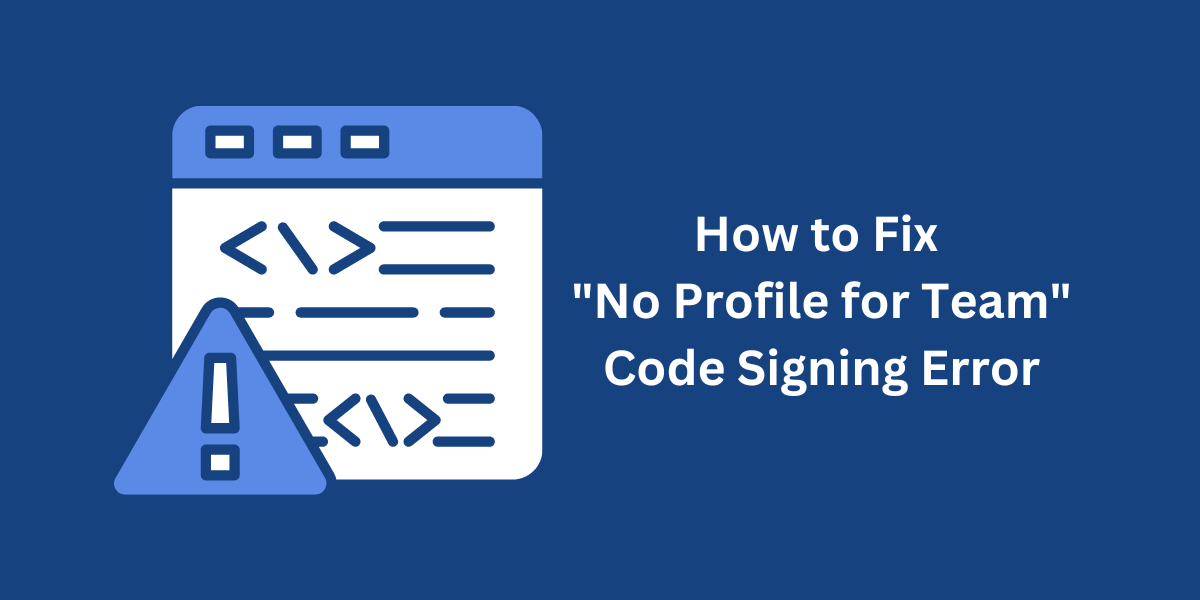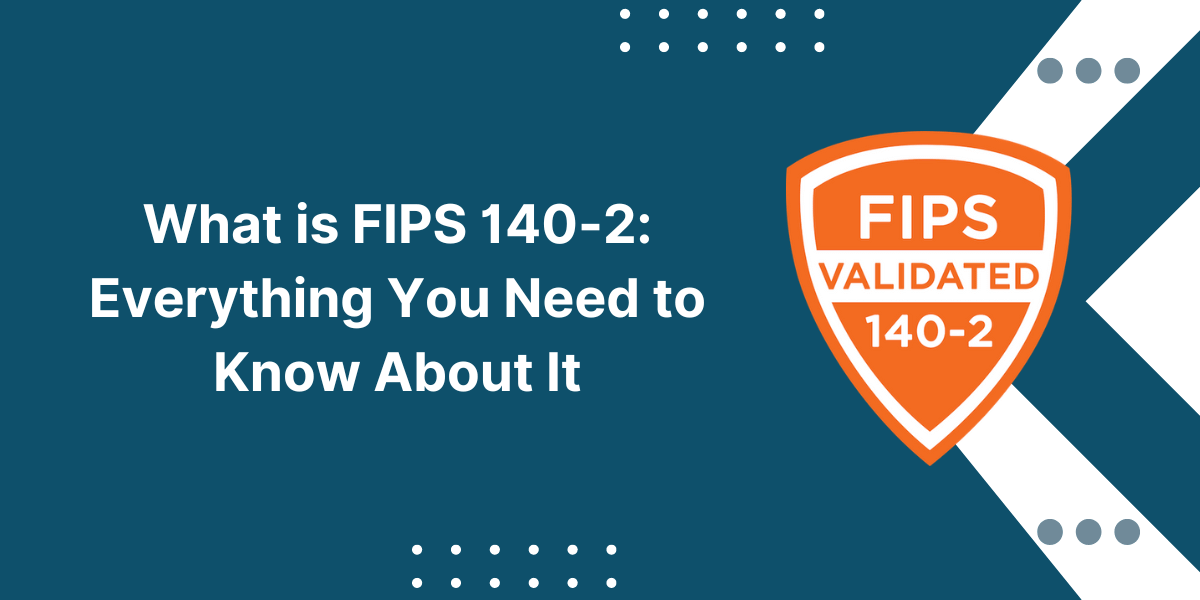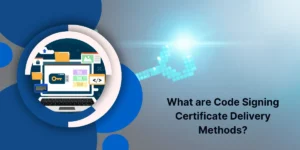What Does “No Profile for Team” Code Signing Error Mean?
The “No Profile for Team” error is a common code signing issue that developers encounter when trying to build and run apps on iOS devices. This error indicates that your development team profile is missing or incorrectly configured in Xcode.
In this comprehensive guide, we will walk through the main causes of the “No Profile for Team” error and provide step-by-step solutions to resolve it.
Key Takeaways
- The “No Profile for Team” error occurs when your team provisioning profile is missing, expired, invalid, or incorrectly configured in Xcode.
- To fix it, you need to check your Apple Developer account, confirm your team ID, regenerate or download the latest provisioning profile, and add it to Xcode.
- Revoking and recreating all certificates and profiles can help resolve deeper issues related to code-signing identities.
- Xcode automatically manages profiles for many developers now – turn off manual management if needed.
- Profiles are tied to specific bundle identifiers – ensure your project settings match the profile.
What Causes the “No Profile for Team” Error?
There are a few common reasons why you might encounter the “No Profile for Team” error when trying to build your iOS app:
- Missing Provisioning Profile
- Expired Provisioning Profile
- Invalid Provisioning Profile
- Code Signing Identity Mismatch
- Bundle Identifier Mismatch
- Xcode Account Configuration Issues
1. Missing Provisioning Profile
The most straightforward reason is that Xcode cannot find a valid provisioning profile for your development team. This can happen if you have never generated any profiles for your Apple Developer account or if they were accidentally deleted.
2. Expired Provisioning Profile
iOS provisioning profiles are only valid for one year. If yours has expired, Xcode will no longer be able to use it to sign your builds. Attempting to run on a device will trigger the “No Profile for Team” error.
3. Invalid Provisioning Profile
Provisioning profiles can sometimes become invalid independently of their expiration date. Apple may invalidate a profile if you revoke a certificate associated with it or make other account changes. An invalid profile will fail to code-sign your app.
4. Code Signing Identity Mismatch
Xcode allows you to manually select a code signing identity to use for building your app. If this does not match the provisioning profile you intend to use, the mismatch will lead to an error.
5. Bundle Identifier Mismatch
Provisioning profiles specify the bundle identifier of the app they can be used to sign. If your project’s bundle ID does not match the profile, code signing will fail with the “No Profile for Team” message.
6. Xcode Account Configuration Issues
Some developers have encountered “No Profile for Team” errors due to Xcode account problems, such as incorrectly selected teams, missing accounts, or confusion around multiple Apple Developer accounts.
Step-by-Step Guide for Fixing “No Profile for Team” Code Signing Error
Below, we will walk through a series of steps to troubleshoot and resolve the “No Profile for Team” error:
- Check the Developer Account Team ID
- Review Provisioning Profiles
- Regenerate Provisioning Profile
- Add Profile to Xcode
- Select Updated Team and Profile
- Revoke and Regenerate Certificates and Profiles
- Disable Xcode Managed Profile Support
- Ensure Bundle Identifier Matches Profile
1. Check the Developer Account Team ID
The first thing to verify is that the Team ID selected in your Xcode project matches your Apple Developer account team. This ID consists of letters and numbers, such as “ABC123DEFG.”
To check this:
- In Xcode, click on your project in the Project Navigator sidebar.
- Select the project in the main view, then go to the General tab.
- Look for the Team dropdown and confirm it matches your developer account team.
If these team IDs do not match, select the correct team in Xcode or regenerate your provisioning profiles for this specific team.
2. Review Provisioning Profiles
Next, open the Apple Developer Portal and navigate to Certificates, Identifiers & Profiles. Here, you can review your provisioning profiles, their status, associated team, and expiration dates.
Check for any expired or invalid profiles and delete them. Make sure a valid iOS provisioning profile exists for your app’s bundle identifier and the same team ID you intend to use in Xcode.
If provisioning profiles are missing or invalid, you will need to generate new ones.
3. Regenerate Provisioning Profile
If you are missing a valid provisioning profile, you can create a new one:
- In the Developer Portal, navigate to Provisioning Profiles > Development.
- Click the + button to add a new iOS provisioning profile.
- Select the app ID it should be tied to and your team.
- Give the profile a name, then generate and download it.
Double-check that the downloaded provisioning profile contains your app’s bundle identifier and is linked to the correct team.
4. Add Profile to Xcode
Once you have downloaded a new provisioning profile, add it to Xcode:
- In Xcode, go to Preferences > Accounts and select your Apple ID.
- Under the Provisioning Profiles section, press Download Manual Profiles.
- Use the + button to import your newly generated provisioning profile.
Xcode will install the profile and make it available for code signing your app.
5. Select Updated Team and Profile
The last step is to configure your Xcode project to utilize the new provisioning profile:
- In your project settings, reconfirm the Team ID is correct.
- Under Signing (Debug or Release), select the updated provisioning profile you imported.
- Clean the build folder to clear out any cached signing artifacts.
Try rebuilding your app. The new profile should now code sign it without the “No Profile for Team” error.
6. Revoke and Regenerate Certificates and Profiles
In some cases, deeper certificate and code signing issues may be preventing provisioning profiles from working properly.
If you continue to get the error after updating your profile, you can try revoking and regenerating all certificates and profiles:
- In your Apple Developer account, navigate to Certificates and revoke any existing iOS certificates.
- Then, regenerate your iOS Development and Distribution certificates.
- Next, revoke all current Provisioning Profiles.
- Finally, generate new provisioning profiles.
This will give you a completely clean slate for code-signing identities. Just be sure to re-download all new certificates and profiles to Xcode.
7. Disable Xcode Managed Profile Support
Recent versions of Xcode can automatically manage provisioning profiles for you in some cases. This can conflict with manual profile management.
Check the project editor under Signing & Capabilities. If the Automatically manage signing checkbox is enabled, try disabling it.
Then add your provisioning profiles manually instead – this might resolve some issues.
8. Ensure Bundle Identifier Matches Profile
Remember that provisioning profiles specify the exact bundle identifier they are allowed to sign.
Double-check that the bundle identifier in your Xcode project matches the one defined in your provisioning profile. If not, regenerate the profile with the correct identifier.
With the right bundle ID in both places, your project should be able to reference the provisioning profile for release builds successfully.
Troubleshooting Provisioning and Code Signing
Here are some additional tips for troubleshooting provisioning profile issues:
- Try deleting all expired or invalid profiles to remove conflicts. Only keep valid profiles.
- Clean the Xcode build folder before rebuilding to clear cached artifacts and profiles.
- Reset your simulator to wipe out any old code-signed data or entitlements.
- Ensure certificates and profiles are valid for the correct development team.
- Check that distribution profiles are being used for release builds, not development profiles.
- If using multiple teams, manage code signing identities for each team separately.
- Make sure profiles match the exact app bundle ID, no matter how small a difference.
- For App Store distribution, enable bitcode as required by Apple.
- Verify code signing settings for both debug and release configurations.
Taking the time to manage provisioning profiles and code signing configurations carefully will save you headaches down the road. For more tips on provisioning, refer to Apple’s developer documentation.
Final Thoughts
Fixing the “No Profile for Team” error ultimately involves carefully managing your provisioning profiles, certificates, and code signing settings.
Confirm your Xcode team matches your developer account, check for expired profiles, regenerate invalid profiles, download profiles to Xcode, revoke certificates if needed, and verify your project configuration.
Following Apple’s code signing best practices will help avoid issues. If possible, enable Xcode-managed profiles. Always build for your target device to test provisioning before release.
With these tips, you should be able to resolve those pesky “No Profile for Team” errors for smooth iOS development and deployment.
Frequently Asked Questions (FAQs)
Why am I suddenly getting the “No Profile for Team” error in Xcode?
There are a few reasons this error can suddenly appear even if your project was building fine previously:
- Your provisioning profile expired and needs to be regenerated.
- You revoked a certificate tied to the provisioning profile, invalidating it.
- Your Apple Developer account membership has expired.
- Xcode’s auto-managing profiles feature is disabled.
- You switched to a different team in your Xcode project.
Do I need a new provisioning profile for each app?
Yes, a unique provisioning profile is required for each app bundle identifier. The profile embeds the ID to specify which app it can sign. You can reuse a profile across multiple versions of the same app though.
Can I fix the error without a Mac?
Unfortunately, no. Fixing code signing issues requires regenerating profiles and certificates in Apple’s developer portal and adding them to Xcode on a Mac. You cannot resolve them from Windows or other platforms.
What’s the difference between development and distribution profiles?
Development profiles allow testing on devices but cannot be used for App Store releases. Distribution profiles are required to submit apps to the store. Use development for testing and distribution for release builds.
How do I determine the team ID for my Apple Developer account?
Log in to your developer account, and the team ID will be listed at the top right. You can also find it in the Membership Details section. It consists of letters and numbers like “ABC123DEFG.” Enter this exact ID in your Xcode project.
Why does my profile show “Valid,” but Xcode still gives the error?
Some Xcode caching or code signing bugs can cause this. To fully reset, try revoking all certificates and profiles and re-downloading them to Xcode. Also, enable Xcode-managed profiles if needed.
Where can I learn more about iOS code signing?
Check Apple’s documentation on code signing workflows, Apple Developer Portal guide, and Xcode help. Ray Wenderlich also has in-depth iOS code signing tutorials for reference.

Priya Mervana
 Verified Web Security Experts
Verified Web Security Experts
Priya Mervana is working at SSLInsights.com as a web security expert with over 10 years of experience writing about encryption, SSL certificates, and online privacy. She aims to make complex security topics easily understandable for everyday internet users.



